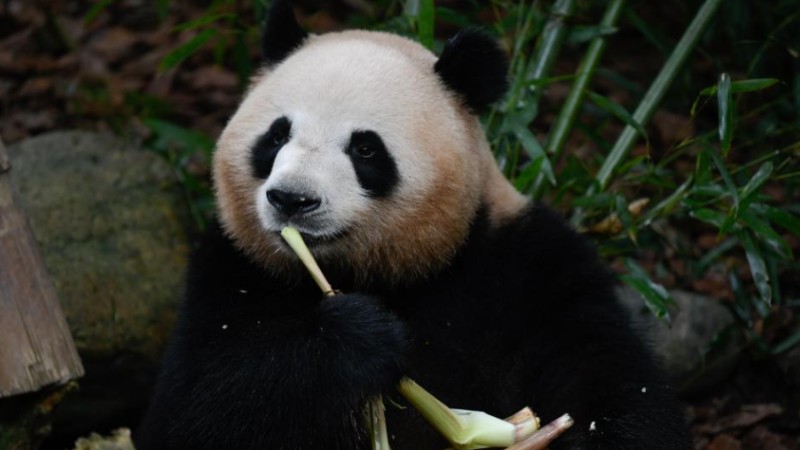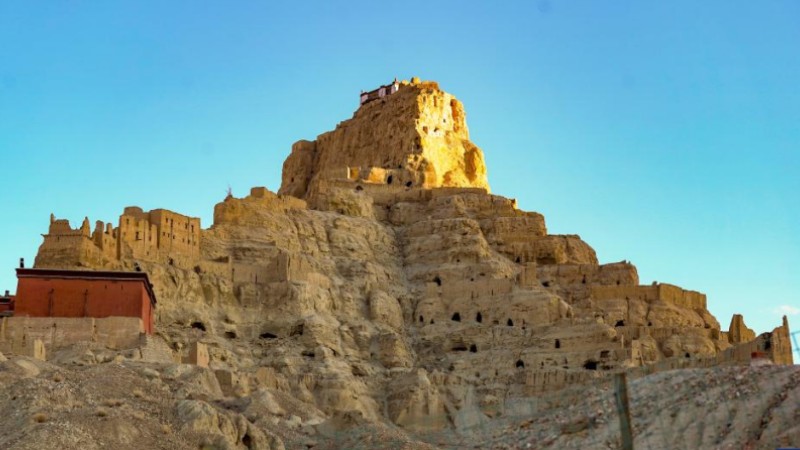UNESCO's Intangible Cultural Heritages in China (Ⅳ) (5)
Hua'er
The item, "Hua'er" was inscribed on UNESCO's Representative List of the Intangible Cultural Heritage of Humanity in 2009.
In Gansu and Qinghai provinces and throughout north-central China, people of nine different ethnic groups share a music tradition known as Hua'er.
The music is drawn from an extensive traditional repertoire named after ethnicities, towns or flowers ('Tu People's ling', 'White Peony ling'), and lyrics are improvised in keeping with certain rules – for example, verses have three, four, five or six lines, each made up of seven syllables.
Songs may tell of young love, the hard work and weariness of the farming life, the foibles of men and women or the joy of singing.
The songs are also a vivid oral record of recent social developments in China as singers comment on the changes they observe around them.
 |  |
Photos
Related Stories
- Chicago Field Museum hosts Chinese Culture Day
- UNESCO's Intangible Cultural Heritages in China (Ⅲ)
- Feature: Chinese classical music resonates in ancient Swiss city
- Chinese culture exhibition held in Paris
- How China helps preserve cultural heritage sites in Asia
- Museum in NW China's Gansu uses latte art to give more people a taste of culture
- Chinese culture courses launched in Myanmar's Yangon
- Sound of replicas of Chime Bells of Marquis Yi of Zeng digitally preserved
- China encourages integrating intangible cultural heritage, tourism
- Digital technologies help revitalize ancient city wall in NW China
Copyright © 2023 People's Daily Online. All Rights Reserved.










